
From Air India’s Maharaja to Kumamon the cartoon bear, tourism mascots that drew attention – and some, like Mak Mak in Macau, that flopped
- Hikonyan is a cartoon white cat, Lucky George a dragon cast in bronze, Mak Mak a spoonbill crossed with a lighthouse – tourism mascots come in various guises
- From Kumamon the bear, whose success led to a rash of cute characters promoting Japanese regions, to a trio of K-mascots, we look at some of the most successful
If you visit the just opened Broadwick Soho hotel in London there may well be an elephant in the room.
“The elephant is part of Broadwick Soho’s official logo and references to them can be found throughout the hotel,” says Josh Gardner, executive director of the appealingly flamboyant boutique hotel.
There are cocktail cabinets fashioned out of antique Indian brass and hand carved with elephant motifs by artisans in Jaipur in all of the suites; some of the rooms feature wallpaper with similar images subtly worked into the print; and the staff wear elegant elephant pins on their lapels.
“We chose the elephant as our symbol as their characteristics represent what we aspire to emulate as a brand and as an independent business,” Gardner says.
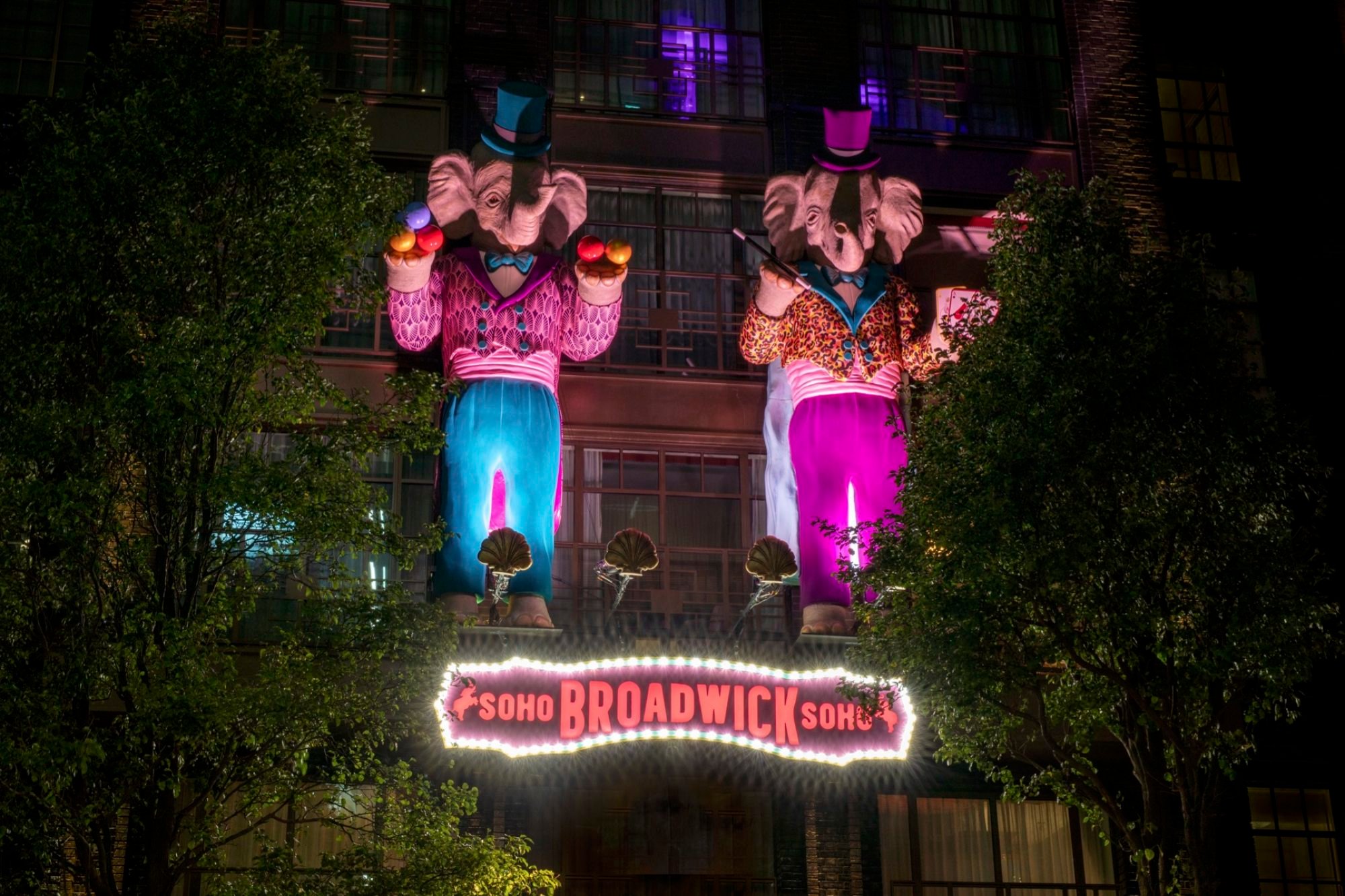
“Elephants are extremely loyal and intelligent animals. They are well known for their social skills and are true family animals. They are compassionate and conscientious, with incredible memory. We strongly believe in all these values.”
The Broadwick elephant is just one of many hospitality and tourism mascots – animal, human, mythical and invented – around the world.
One of the oldest can also be found in London – a resident dragon at the Kimpton Fitzroy, in Russell Square.
George, a solid bronze dragon, has been guarding the top of the main staircase since 1898. Charles Fitzroy Doll, the original architect of the then Hotel Russell, had two dragons made from the same mould – George’s twin sailed with the Titanic, for which Doll designed the first-class dining room.
Following the sinking of the luxury liner in 1912, the hotel’s dragon was referred to as Lucky George.
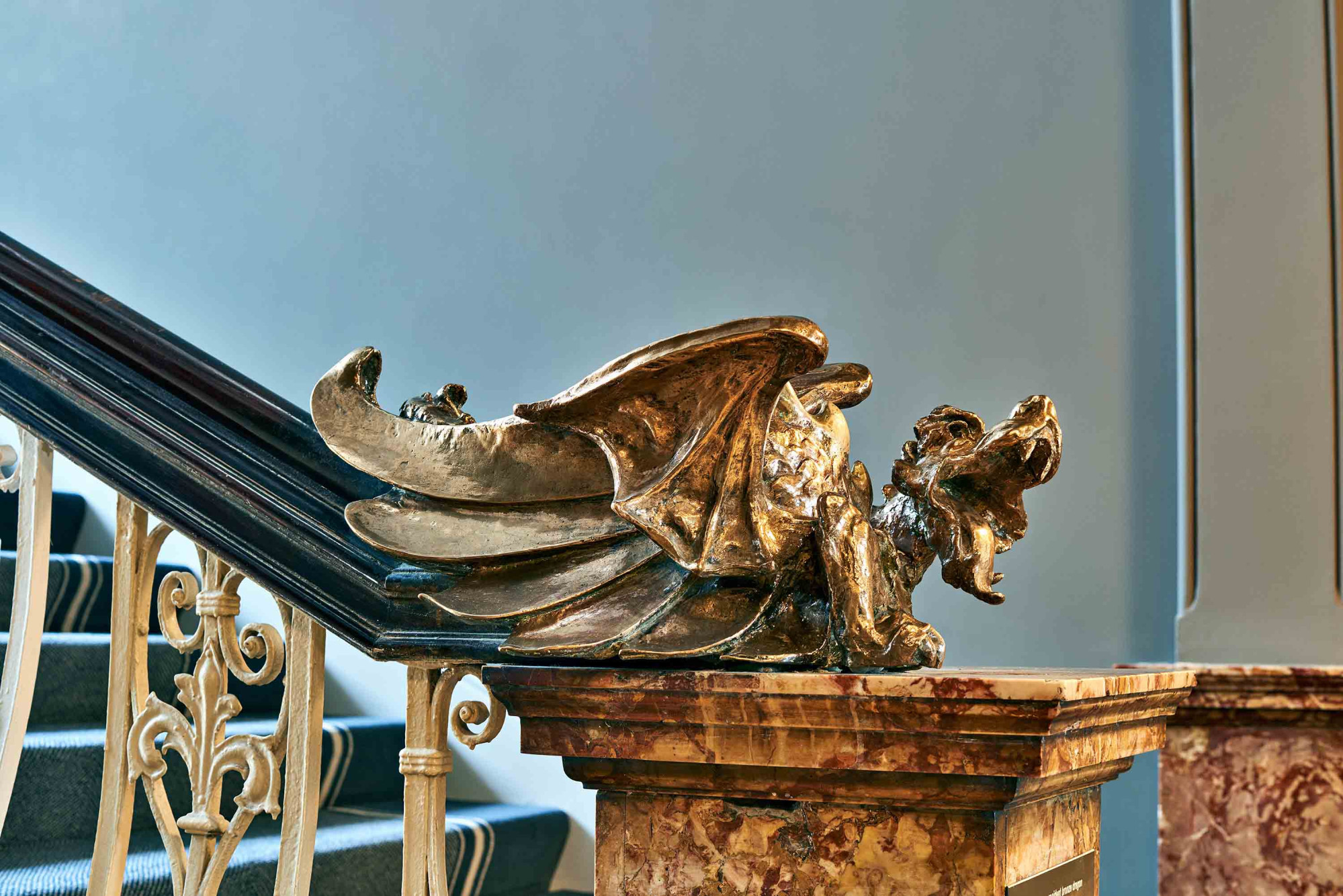
In recent years, Lucky George has inspired further design details throughout the hotel, with his likeness on the guest-room mugs and exuberant cushion covers by textile designer Kit Miles.
At Hotel Principe di Savoia, in Milan, Italy, a frog is the reigning mascot. Taking inspiration from the hotel’s name (principe means “prince” in Italian) and the well-known fairy tale, the frog is a prince complete with a crown. The regal amphibian is called Ambrogio, after the patron saint of Milan.
“We wanted to pay a little tribute to our city considering that the hotel is a symbol of Milan and a landmark for Milanese,” a spokeswoman for the Principe says.
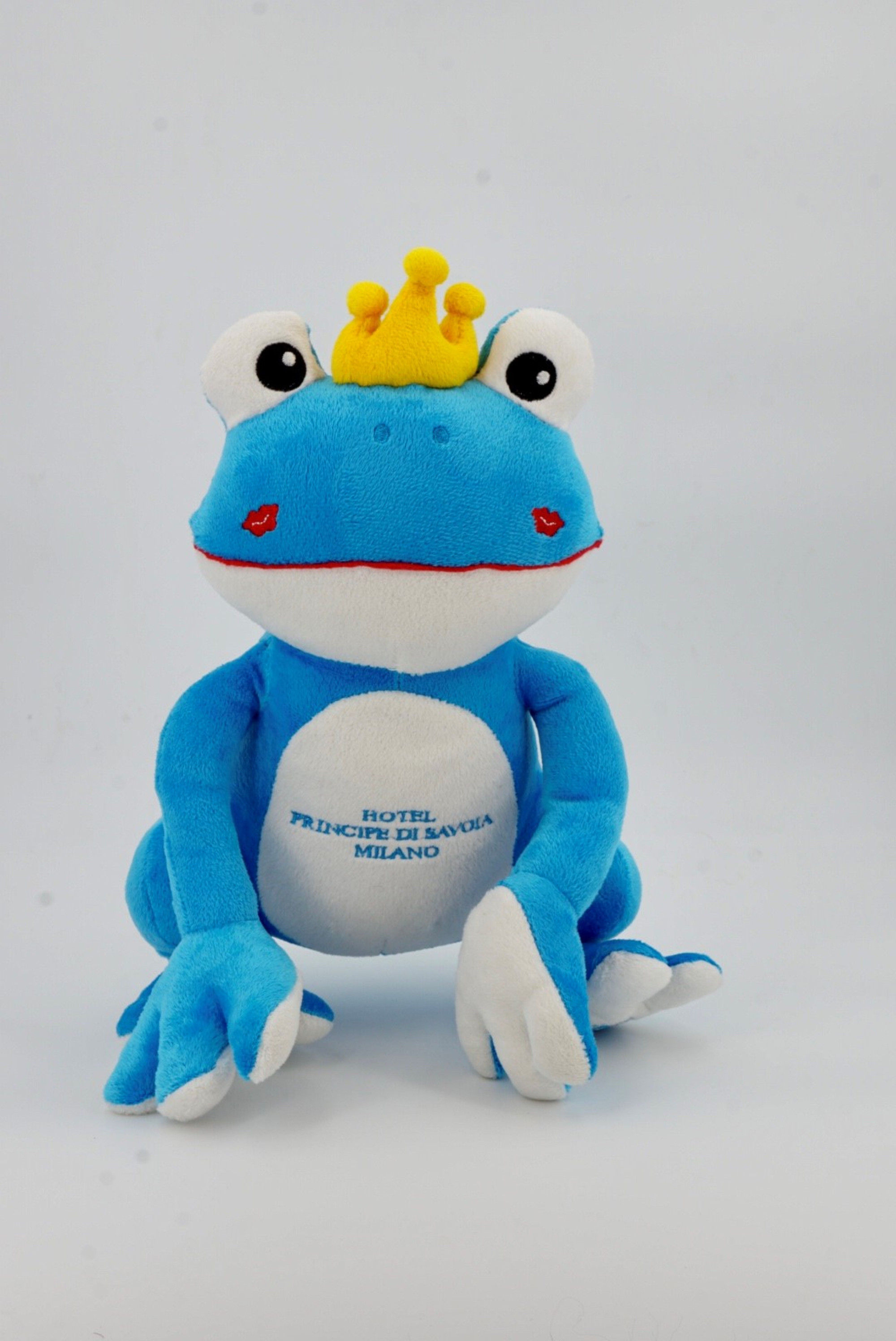
“Ambrogio has been our mascot since 2015 and was designed and created according to our desire. The colour is our unique Principe light blue and it showcases the hotel logo on the chest and the crest on the paws.
“When we place it in a guest room we normally put a note saying that if you kiss Ambrogio and take it home with you it will turn into a royal. It was originally created as a gift for children visiting the hotel, but also grown-up guests love it.”
Mascots have been deployed to promote countries, cities and regions as well as hotels.
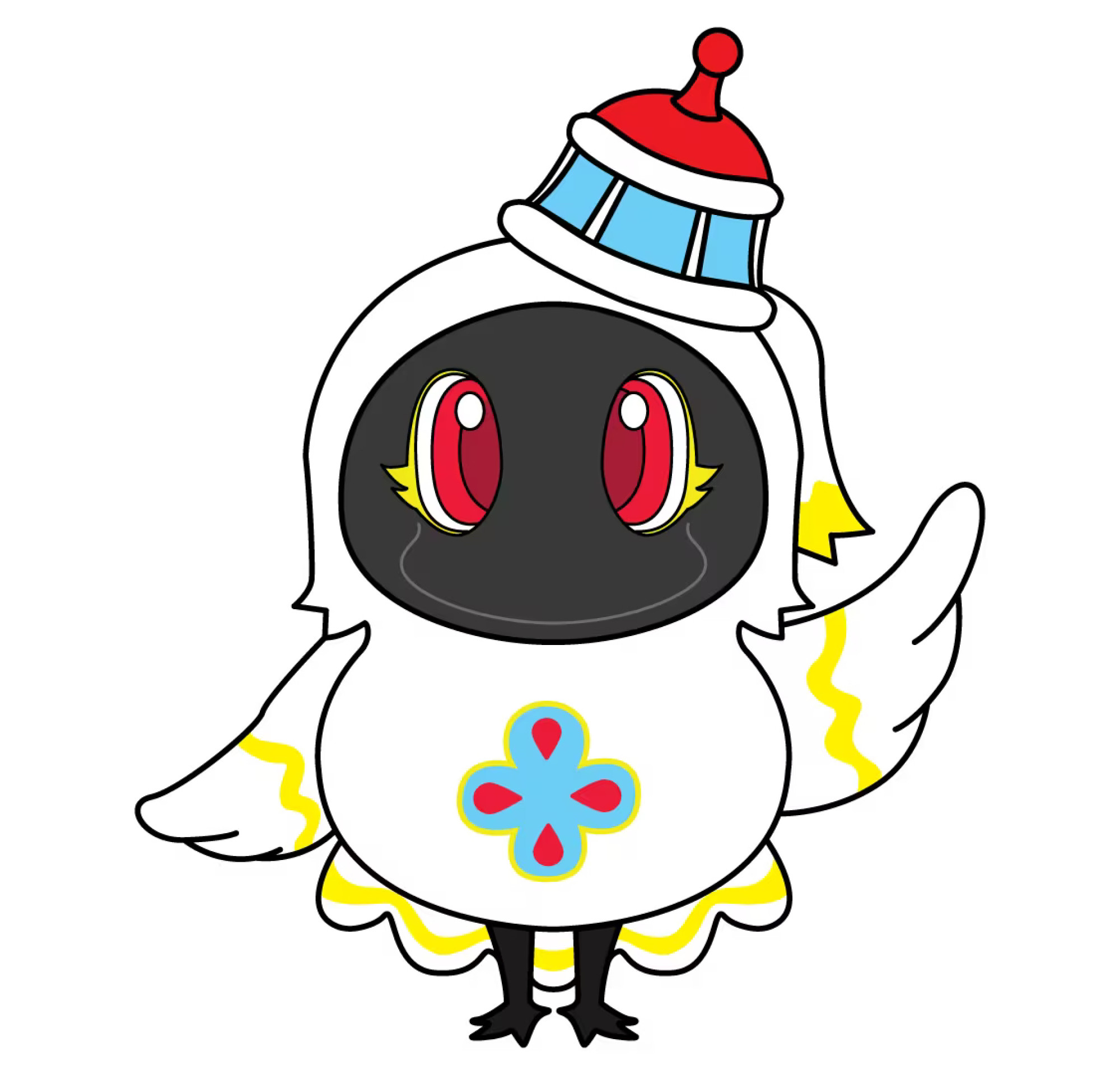
The Korea Tourism Organisation commissioned the creation of the Kingdom Friends mascots – a tiger, a bear and a magpie – during the Covid-19 pandemic, the aim being for people around the world to travel vicariously via the creatures’ digital adventures.
The three “K-mascots”, called Hojong, Mugo and Kawoo, were clearly a hit as they still promote Korea, including through their own Instagram account.

In Japan there is a mascot, or yuru-chara (“relaxed character”), for virtually everything, including its cities and prefectures, their jobs being to raise profiles and boost tourism.
“Japan has had a rich folklore full of anthropomorphic characters and monsters for hundreds of years,” says Chris Carlier, founder of the website Mondo Mascots, based in Tokyo. “All things kawaii, or cute, have been popular here for decades, as exemplified by Hello Kitty, and the mascots are an extension of that, as well as an effective PR strategy.
“There was a boom in regional mascots about a decade ago, when characters like Kumamon and Hikonyan became popular.”
Hikonyan, a white cat in a samurai helmet representing Hikone, in Japan’s Shiga prefecture, was created for the 400th anniversary of Hikone Castle, in 2007. Legend has it that a white cat saved the life of the third Lord Hikone.
Kumamon, arguably the most famous yuru-chara, is the red-cheeked, cartoonlike black bear that’s the mascot for Kumamoto prefecture.
Kumamon was created to promote the Kyushu bullet train in 2010 and the following year won the inaugural Yuru-Chara Grand Prix, wherein the public vote for their favourite mascot.
In December 2022, Kumamon was still found to be the public’s favourite in a poll of 15-71 year-olds conducted by Japan’s Nippon Research Centre.
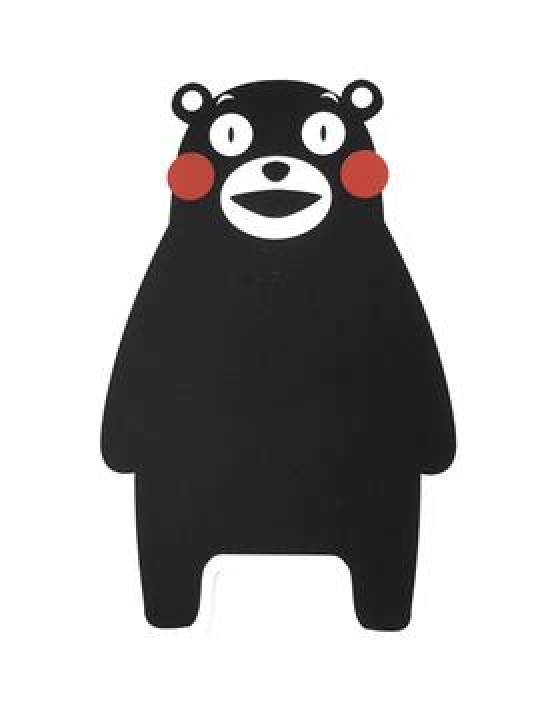
“[Hikonyan and Kumamon] were successful in drawing tourists to their towns, so every other municipality created mascots, with varying degrees of success,” Carlier says.
More bizarre mascots have been created, strange hybrids that nevertheless embody the places they represent.
Meron Kuma, a bear with a watermelon head, represents Yubari, in Hokkaido – famous for its melons and bears. Sanomaru wears a bowl of spilled ramen on its head and carries a couple of deep-fried potato skewers – both specialities of Sano, in Togichi prefecture, which it represents.

Narita has Unari-kun, an eel-aeroplane hybrid, as a mascot, denoting the planes that land at its busy airport and its culinary speciality, eels.
The Yuru-Chara Grand Prix was halted in 2020 after competition became too heated.
But, Carlier says, it was resurrected this year, with Udon Nou, a character with noodles for brains from Kagawa prefecture (said to be home to Japan’s best udon noodles), last month declared the 2023 winner.
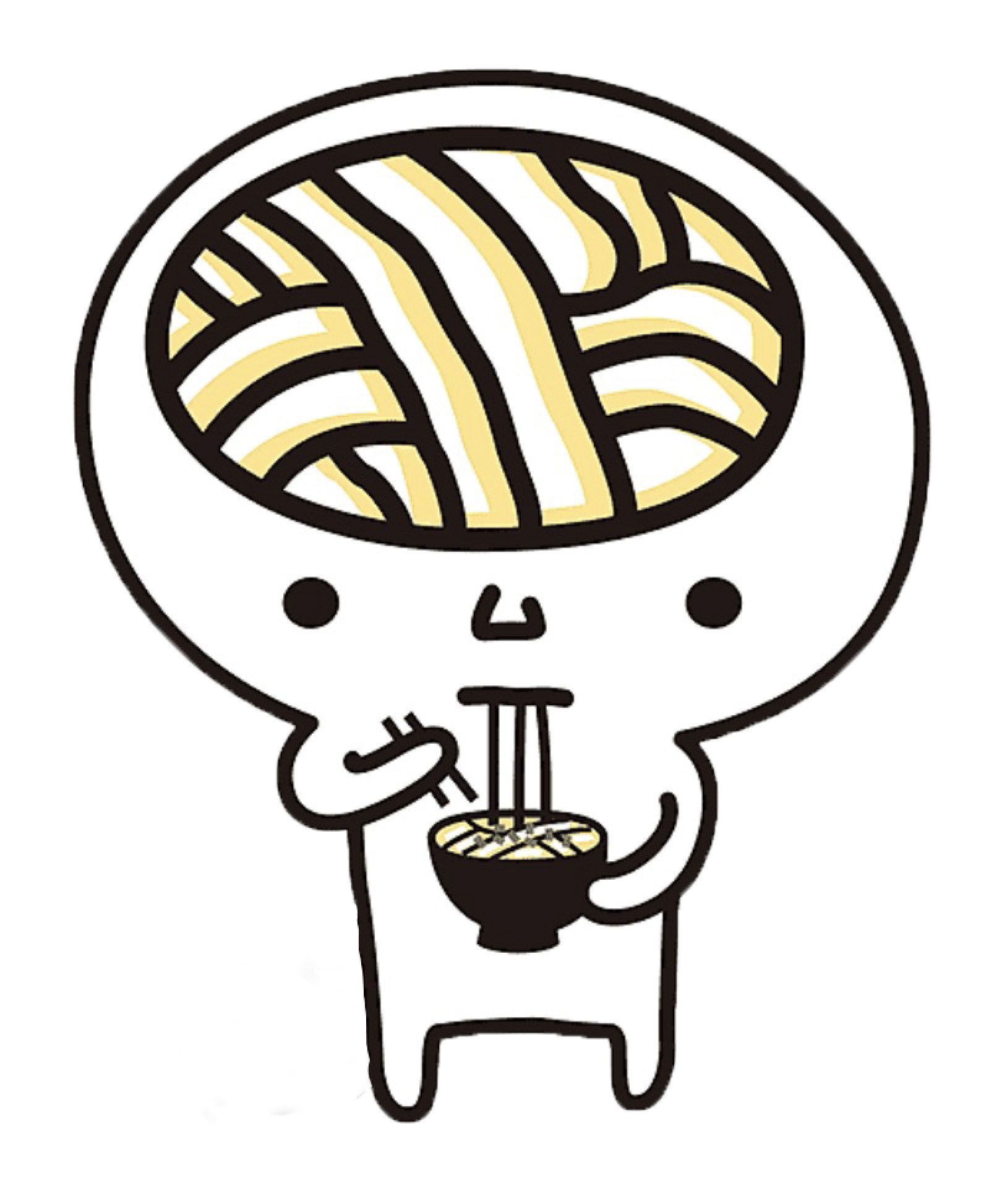
Many airports and airlines in Japan followed the lead of the prefectures in creating mascots, Carlier says, with aviation hybrids that include Japan Airlines’ Jalion (a lion with an aircraft body and clouds for a mane) and Takamatsu Airport’s walking runway, called Takapo.
Air India’s mascot has a much longer history. Since 1946, the portly, jolly, red-and-yellow-turbaned Maharaja has been synonymous with the airline.
When news of Air India’s rebranding was announced in the summer, there was speculation that the Maharaja would be retired, as he was deemed by some to be outdated.
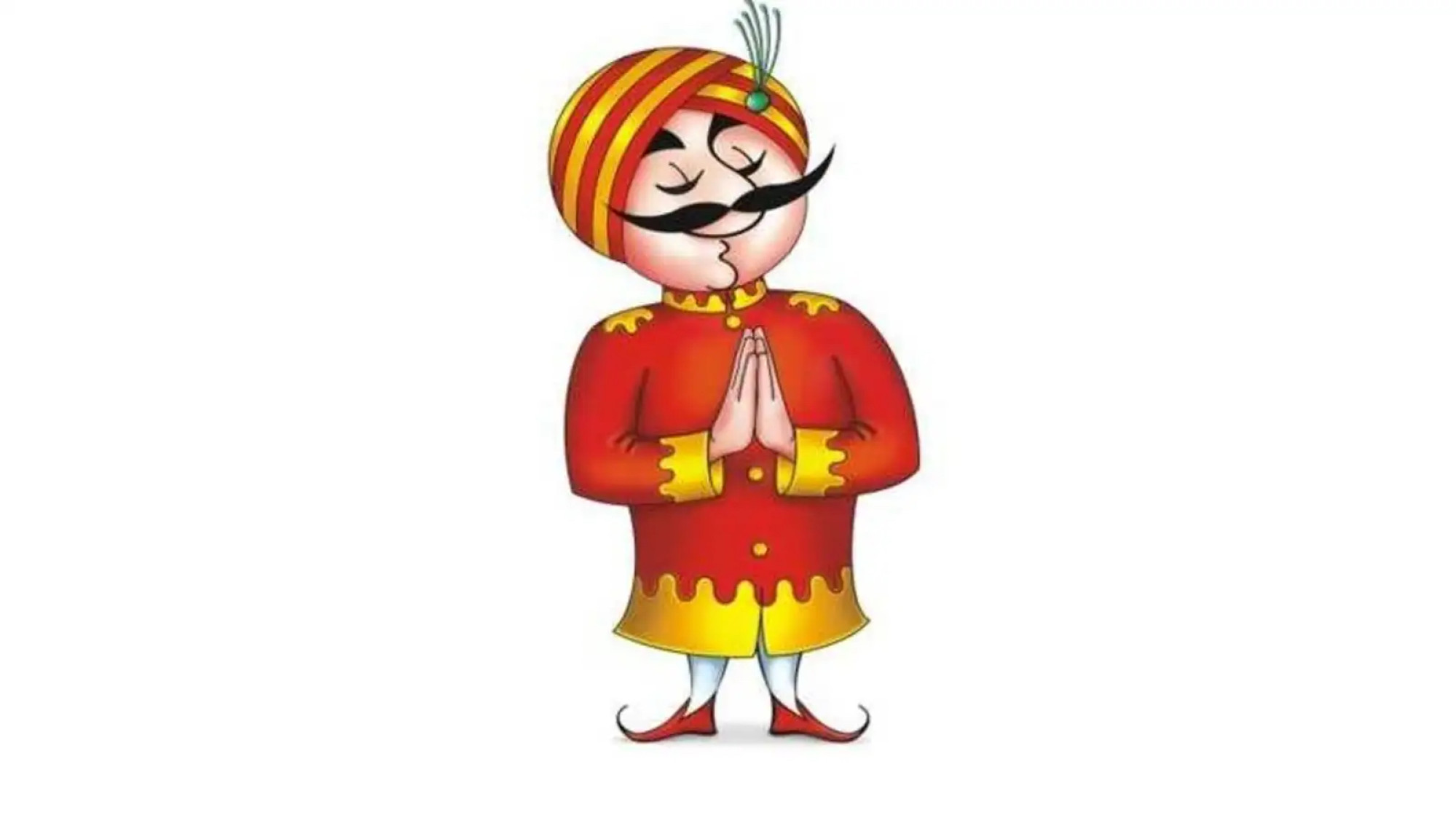
But at the unveiling of its rebranding in August, Air India chief executive and managing director Campbell Wilson said: “The rumours of [the Maharaja’s] demise have been greatly exaggerated.”
Instead the “beloved” mascot has been given a makeover and is looking more svelte and dapper.
“The Maharaja will live on and continue to be part of the airline’s journey into the future,” Wilson said.

